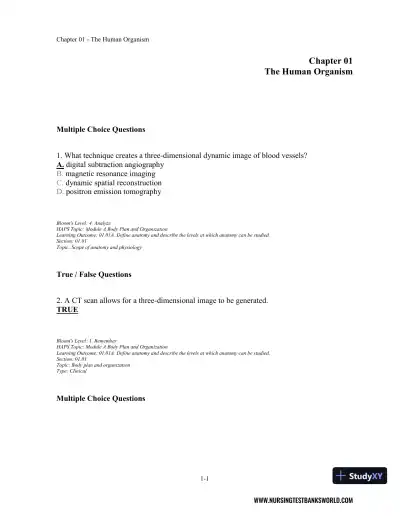Page 1

Loading page ...
Prepare effectively with Test Bank For Seeley's Anatomy And Physiology, 11th Edition—a comprehensive set of questions to help you ace your exams.

Loading page ...
This document has 2403 pages. Sign in to access the full document!